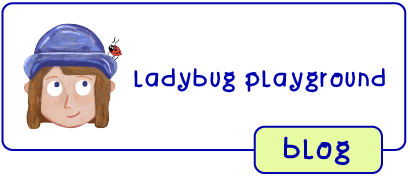Header photo - A kid lying on the sofa / © Arina Krasnikova
Photo 1 - A duck floating on a pond / © Andre Moura
Photo 2 - Mom with kids making arts and crafts / © Artem Podrez
Photo 3 - A kid playing shadow theatre / © Ron Lach
Photo 4 - Kids playing together / © Kindel Media
Photo 5 - A kid pouring liquid into a spoon / © cottonbro studio
Photo 6 - A kid making a puzzle / © Freepik
Photo 7 - A kid making a collage with leaves / © RDNE Stock project
Photo 8 - Kids playing together / © Ivan Samkov
• Cushions, pillows, and chairs
• Tape or masking tape to mark paths
• Simple toys or household objects for added obstacles (e.g., toy animals, plants, rocks)
Photo 9 - A kid inside a cardboard box / © cottonbro studio
Photo 10 - Kid relaxed feeling happy and laughing / © Jose Ibarra
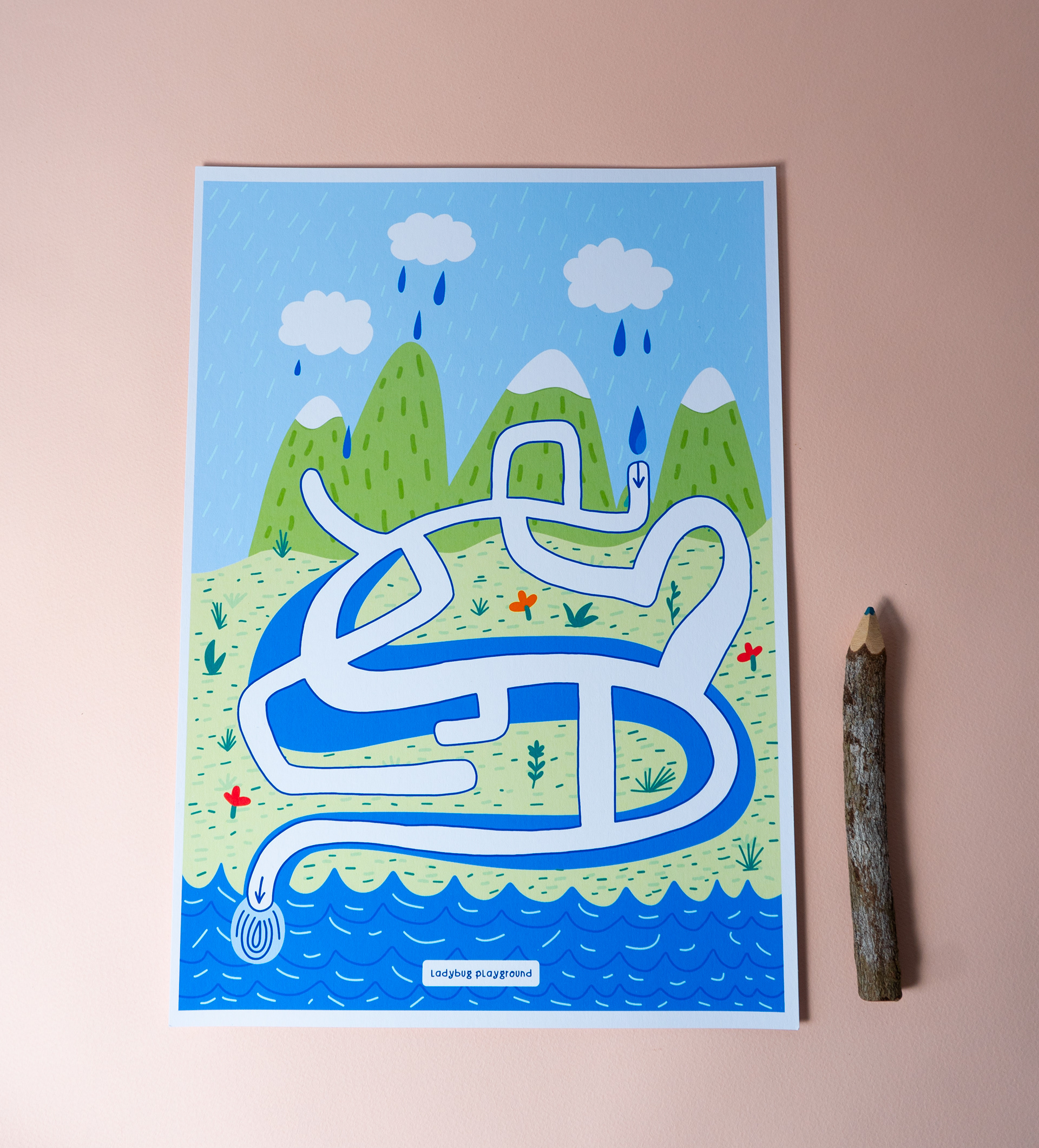
1) Maze Activity (Logical Activity)
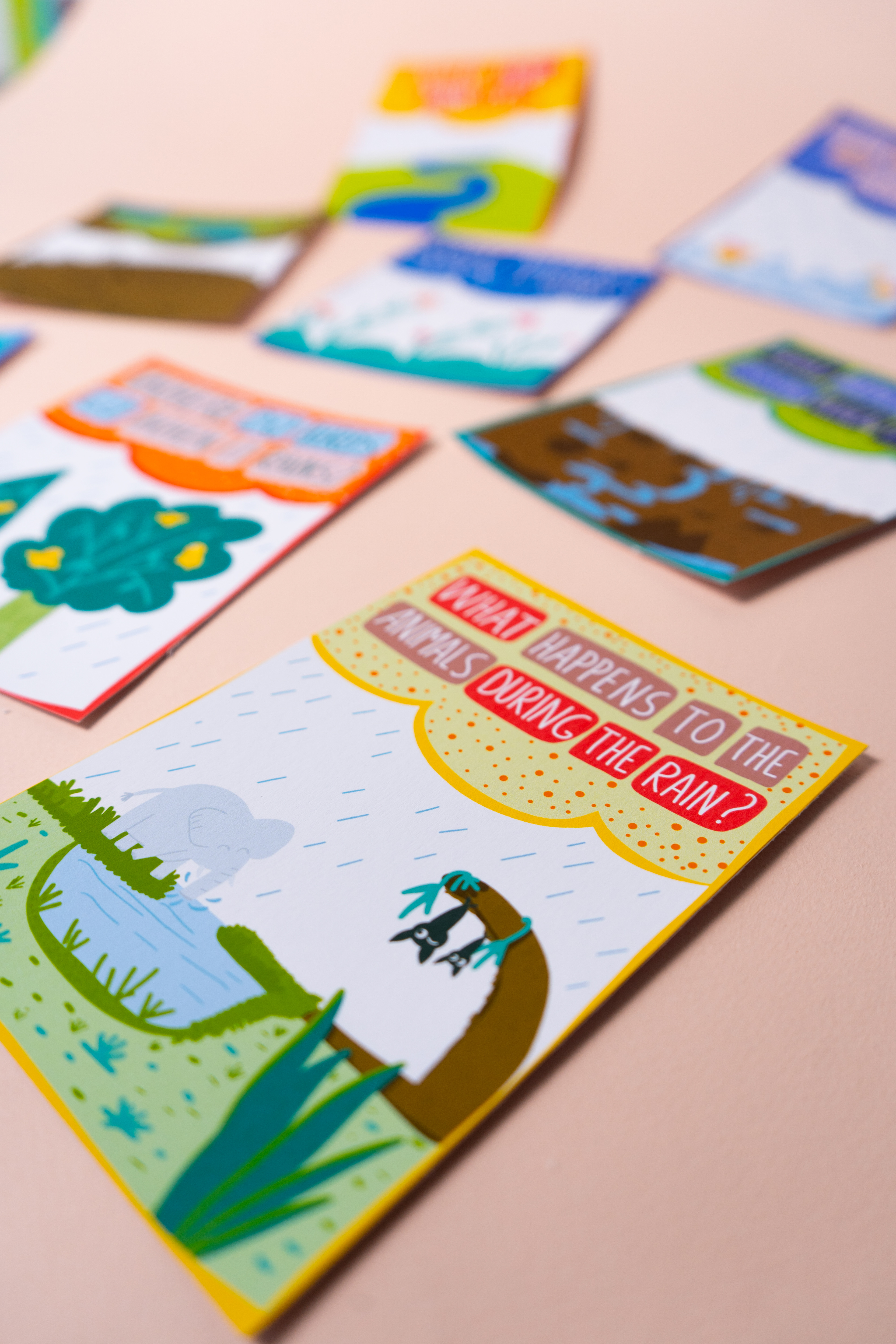
2) Prediction Activity / What Happens Next? (Logical Activity)
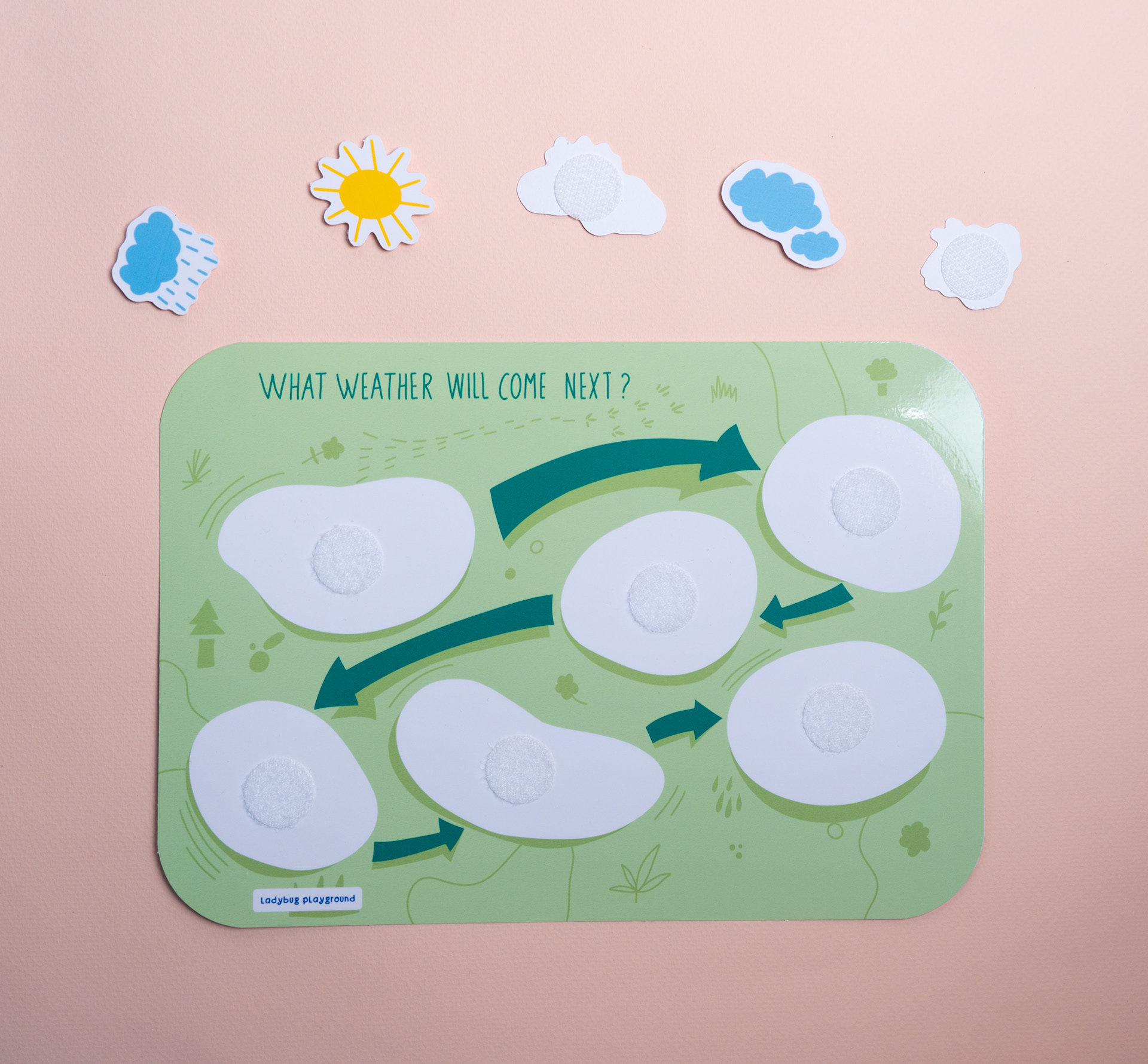
3) Sequencing Activity / Weather Pattern (Logical Activity).
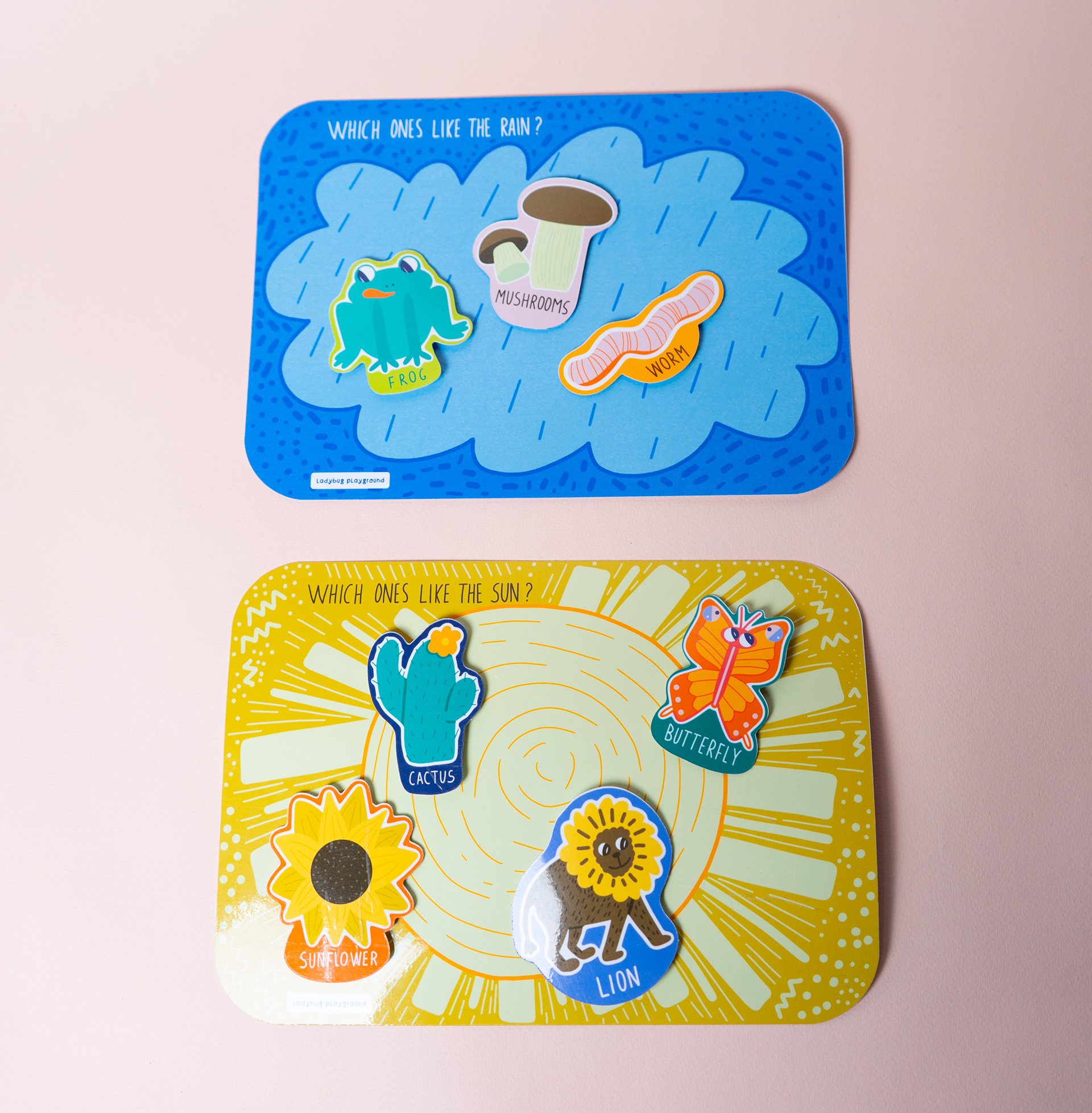
4) Sorting Game / What belongs in the rain? What belongs in the sun? (Cognitive Activity)

4) Sorting Game / What belongs in the rain? What belongs in the sun? (Cognitive Activity)
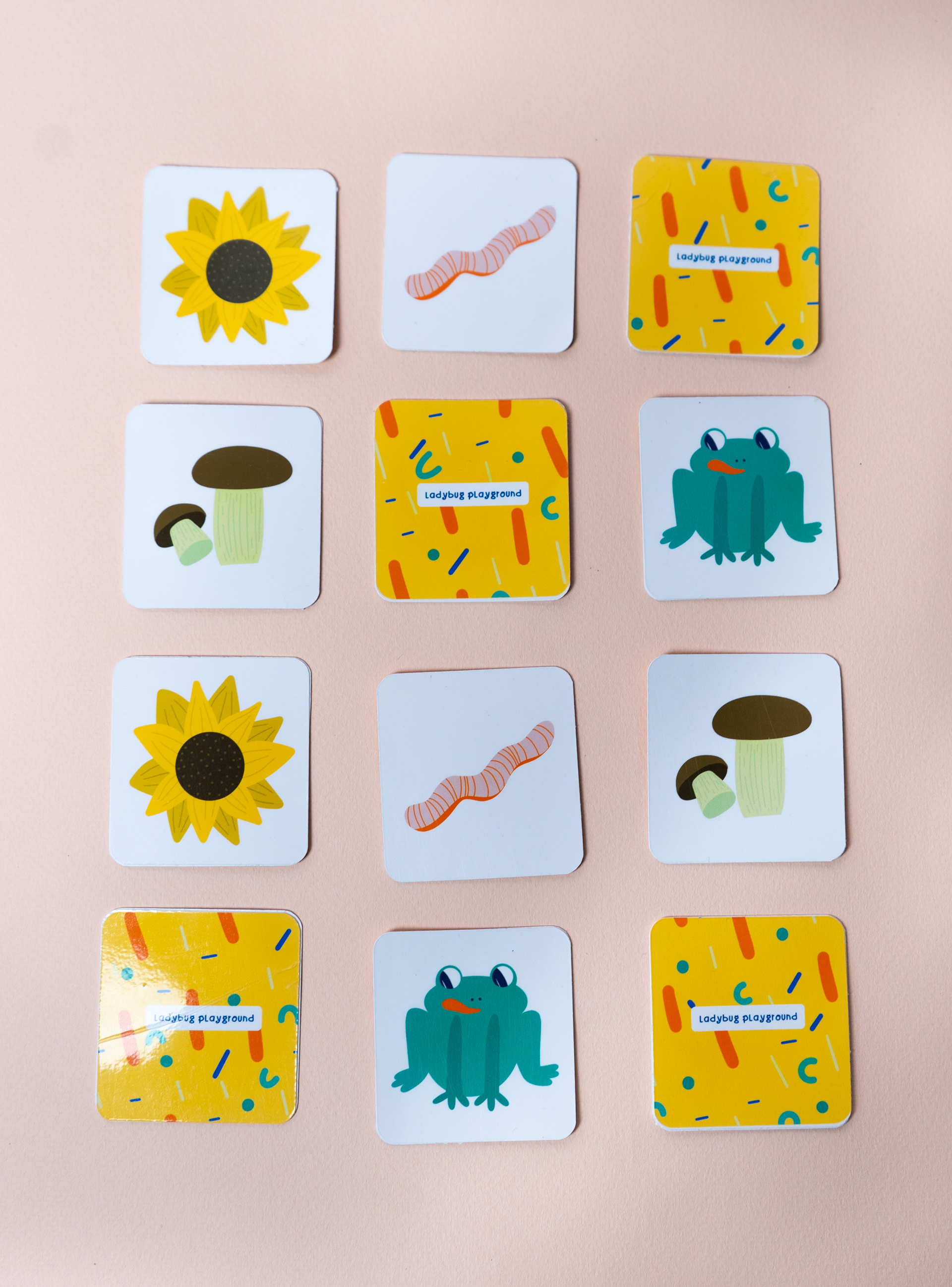
6) Memory Game (Cognitive Activity)

6) Build a Sahara Desert / Create a 3D diorama using printable templates (Creative Activity)

6) Build a Sahara Desert / Create a 3D diorama using printable templates (Creative Activity)
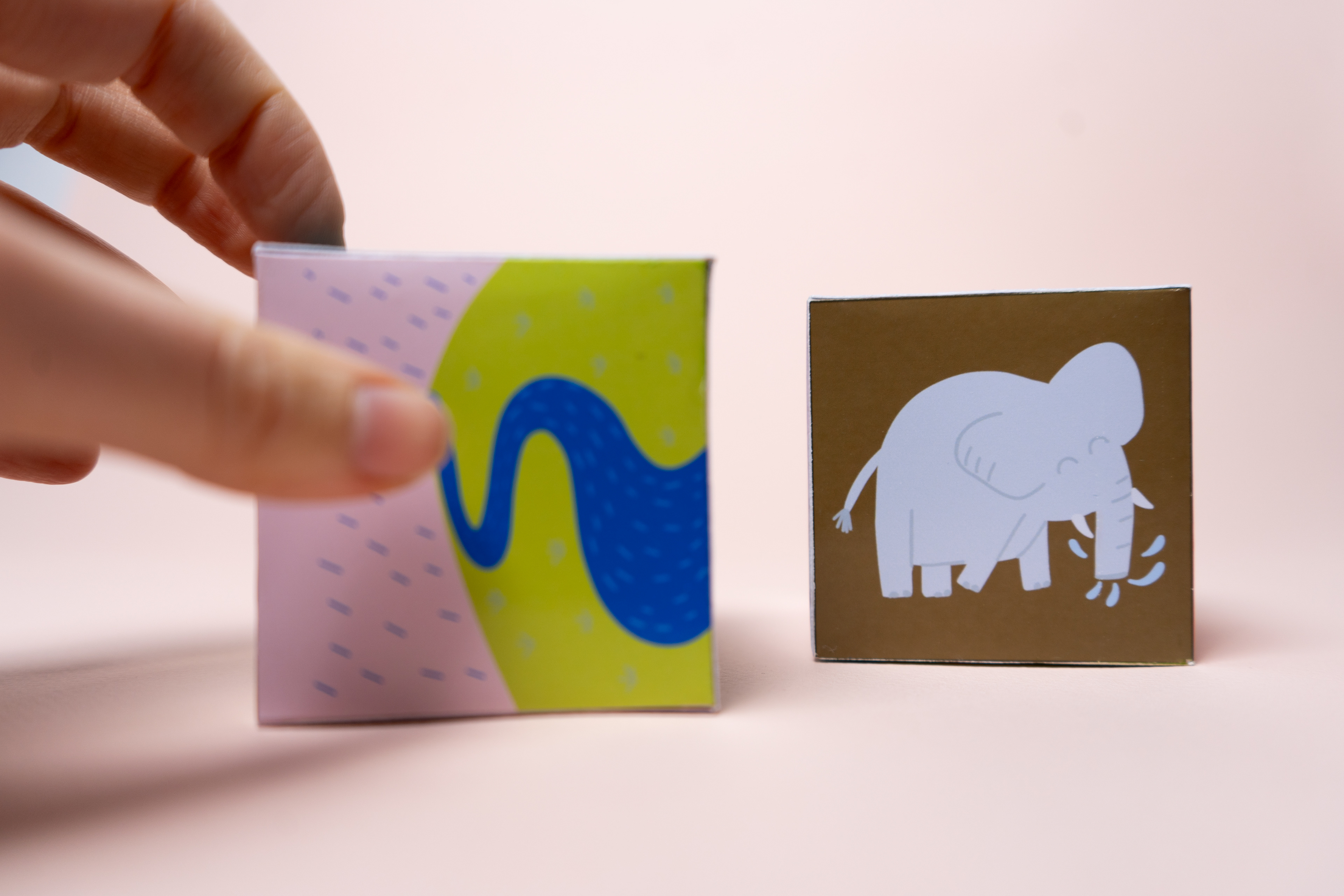
7) Storytelling Cubes / Roll the dice and imagine weather-related stories (Communication Activity)
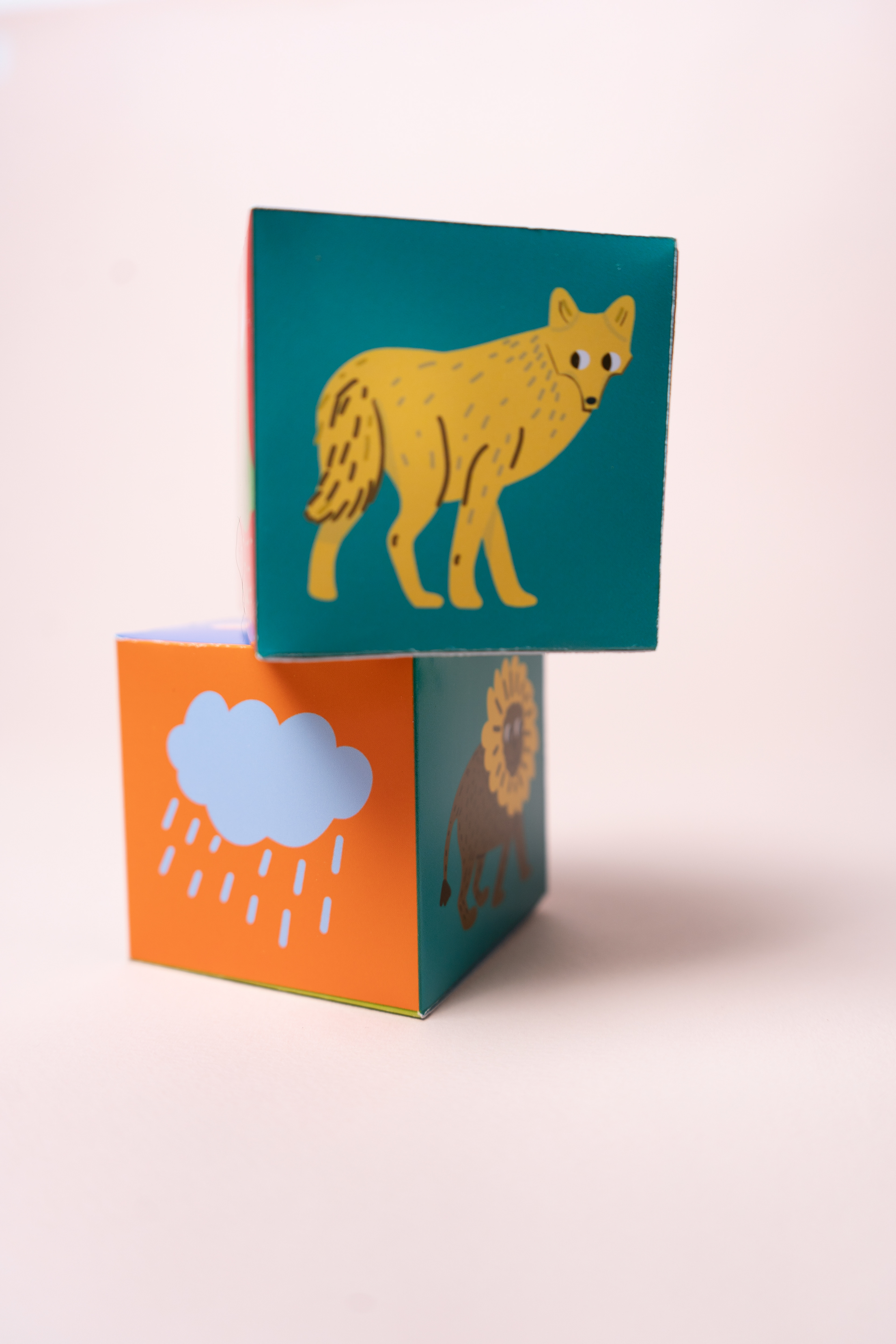
7) Storytelling Cubes / Roll the dice and imagine weather-related stories (Communication Activity)
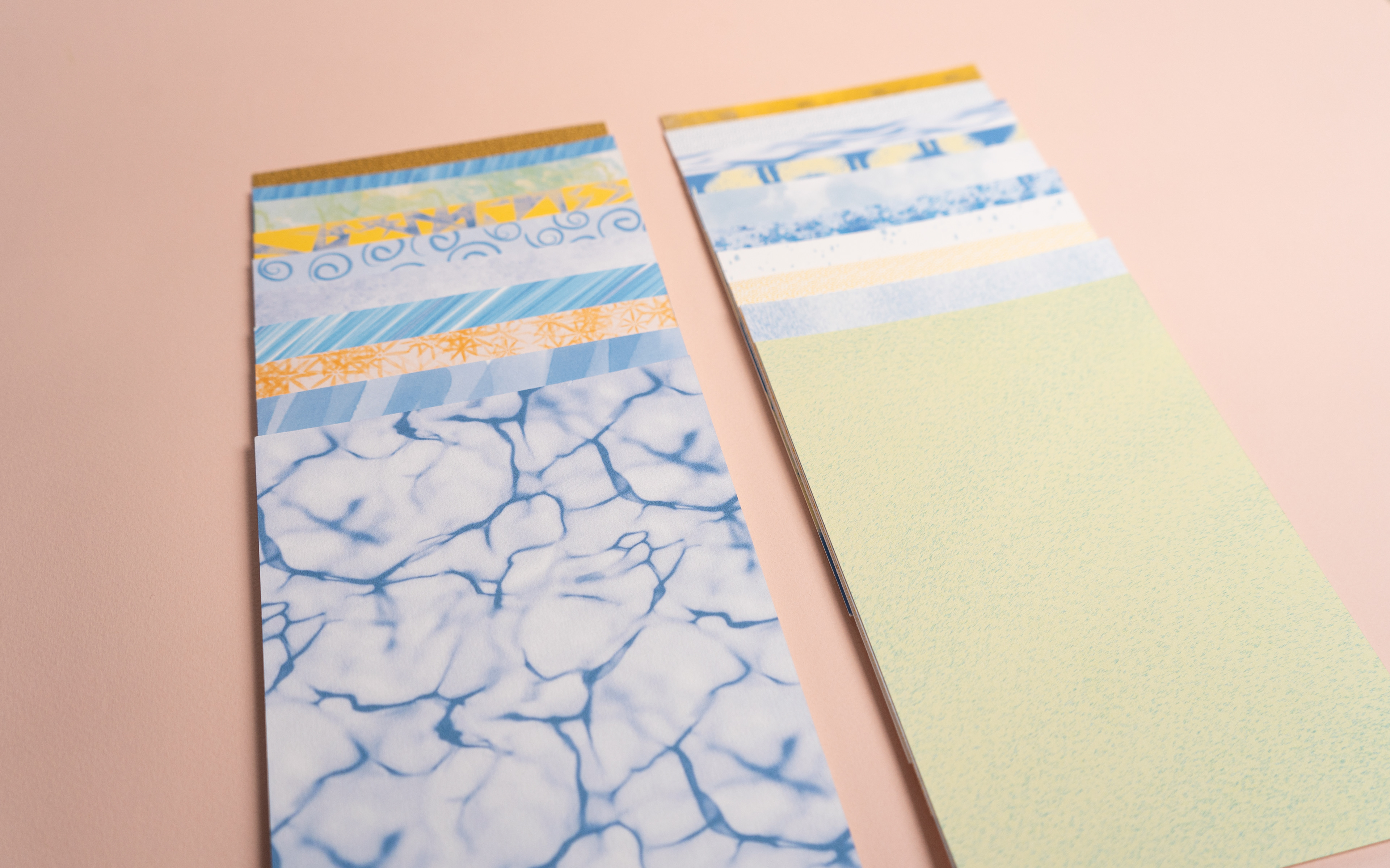
8) Rain Art – Collage / Print the texture papers you like. Make a life or earth scene (Fine Motor Skills Activity)

